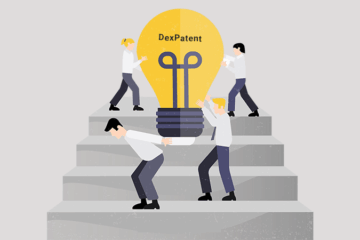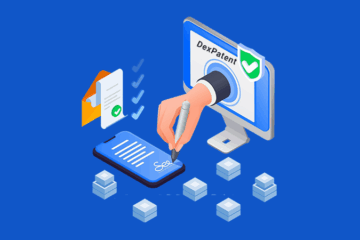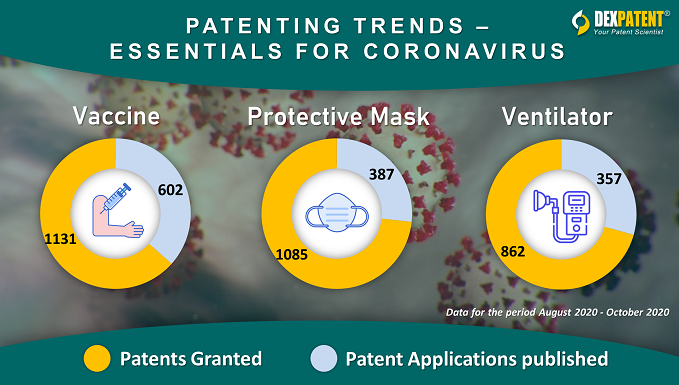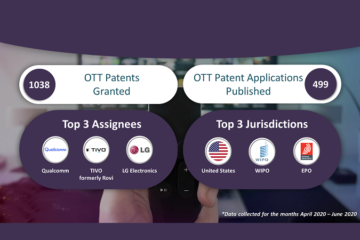From Idea to Patent Pending: How Provisional Applications Work

Every great invention starts as a simple idea. But a mere idea cannot get you protection. All you need is to transform your idea into a useful invention. But once you invent something, it is important to patent your invention for protection. But how to protect an invention while its still evolving??? To help you in this case, most of the patent offices across the globe provide the option of filing a provisional patent application which can be a smart strategic move. Provisional patent application offers a priority (filing) date, giving you time, generally up to 12 months (in many jurisdictions including the U.S. and India) which can be utilized to refine your invention, test commercially, prepare drawings, or arrange funding. But, like all legal tools, provisional patent application too has its own strengths and pitfalls. Let’s dig into technical and legal aspects, so you can decide if it’s right for your invention.
What exactly is a Provisional Application
A provisional application is not a granted patent, it acts as temporary placeholder that that secures your filing (priority) date under laws such as the Paris Convention or U.S. 35 U.S.C §119(e). Generally, you must follow up with a full (non-provisional or complete) application within a specified period (12 months in U.S. & India) or else you lose the priority date. The provisional specification must include sufficient disclosure: description, drawings if needed, enabling disclosure (so someone skilled in the field can practice the invention), but claims are optional or minimal.

Merits (Advantages)
- Early Priority Date & “Patent Pending” Status
Once you file a provisional patent application, you can mark your invention as “patent pending.” This helps you to protect against intervening prior art (other inventions published in that time) and gives you legal leverage.
2. Time to Refine & Assess
This gives you time to test prototypes, assess commercial potential, and refine your invention. This helps to avoid rushing into full patent expenses before knowing commercial potential.
3. Lower Initial Cost
Because formal requirements are lighter (fewer or simpler claims, less strict formalities), initial filing costs tend to be lower. For small inventors/startups with limited funds, this form of filing is attractive.
Demerits (Disadvantages / Risks)
While provisional filings offer flexibility, they also come with certain legal and strategic risks you should be aware of
- Risk of Incomplete Disclosure / New Matter Issues
If the disclosure in the provisional is not sufficiently enabling, or omits critical technical detail, later claims in the non-provisional may not be entitled to the provisional application’s priority date under laws requiring full support (e.g. U.S. §112, or equivalent). Missing details may lead to loss of priority or rejection.
- Deadline Pressure / Abandonment
If you fail to file the full / complete application within the statutory period (12 months in many jurisdictions), the provisional application’s priority is lost, and the invention may become unprotected or prior art intervenes.
- False Sense of Security
Many inventors assume that filing a provisional application automatically ensures protection. But because provisional applications are not examined substantively, you may discover later that your provisional application lacked sufficient detail (e.g. didn’t enable all embodiments, had vague descriptions). Thus, competitors or examiners may challenge priority later.
- Additional Costs Later
Eventually you’ll need to spend on the non-provisional / complete filing, possible patent prosecution fees, drawings and attorney fees. If you did provisional just to “buy time,” those costs accumulate.
- Limited or Jurisdiction-Specific Recognition / International Risks
Some countries have stricter standards for claiming priority, for example, they require direct and unambiguous support for every claimed feature. If your provisional doesn’t meet those requirements, foreign filings might be rejected or lose priority. Also, some jurisdictions do not recognize provisional filings or have no exact equivalent.
If you’re an inventor or a small business owner looking to protect an idea that’s still evolving, a provisional application can be a valuable initial step, it gives you breathing room, a priority date, and lower upfront cost. But it’s not a substitute for a strong full non-provisional / complete application. Poor disclosures, delaying, or trying to rely on a weak provisional can backfire, make you lose priority, inability to enforce claims, or even losing patent rights altogether.

So, before you file, ask yourself: Do I have enough detail to enable someone skilled in the art to build / use the core of my invention? Can I meet the follow-up deadline? What markets I want protection (domestic, international)? Taking advice from a patent attorney / an experienced patent professional can help you draft the provisional application properly and avoid pitfalls.
“File first, perfect later, provisional applications buy you time without losing ground.”












0 Comments